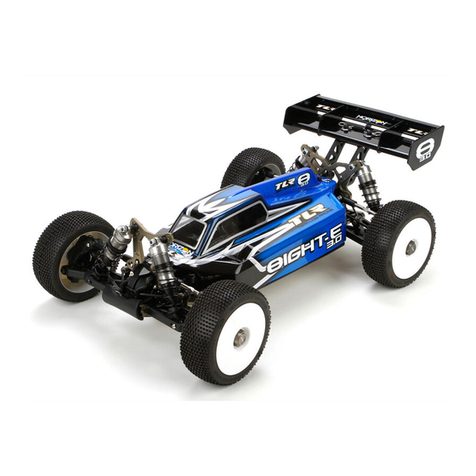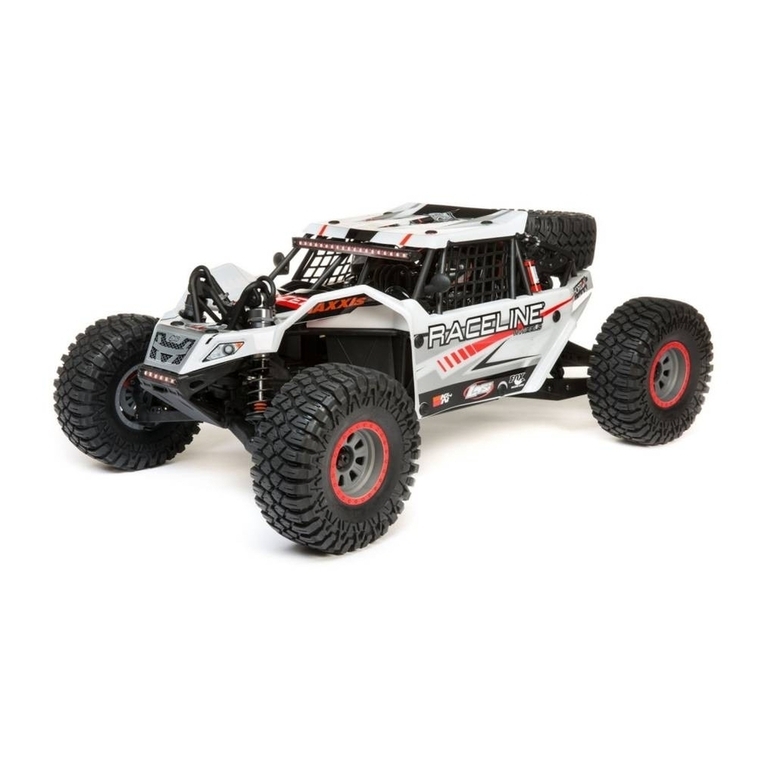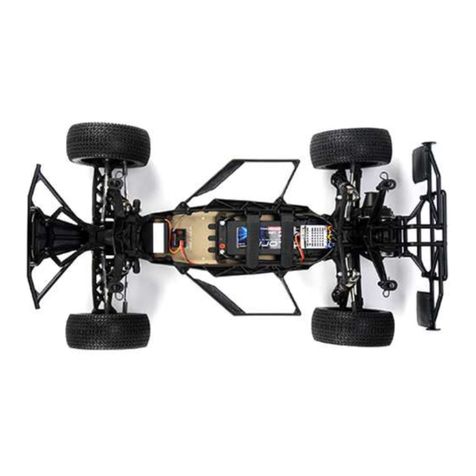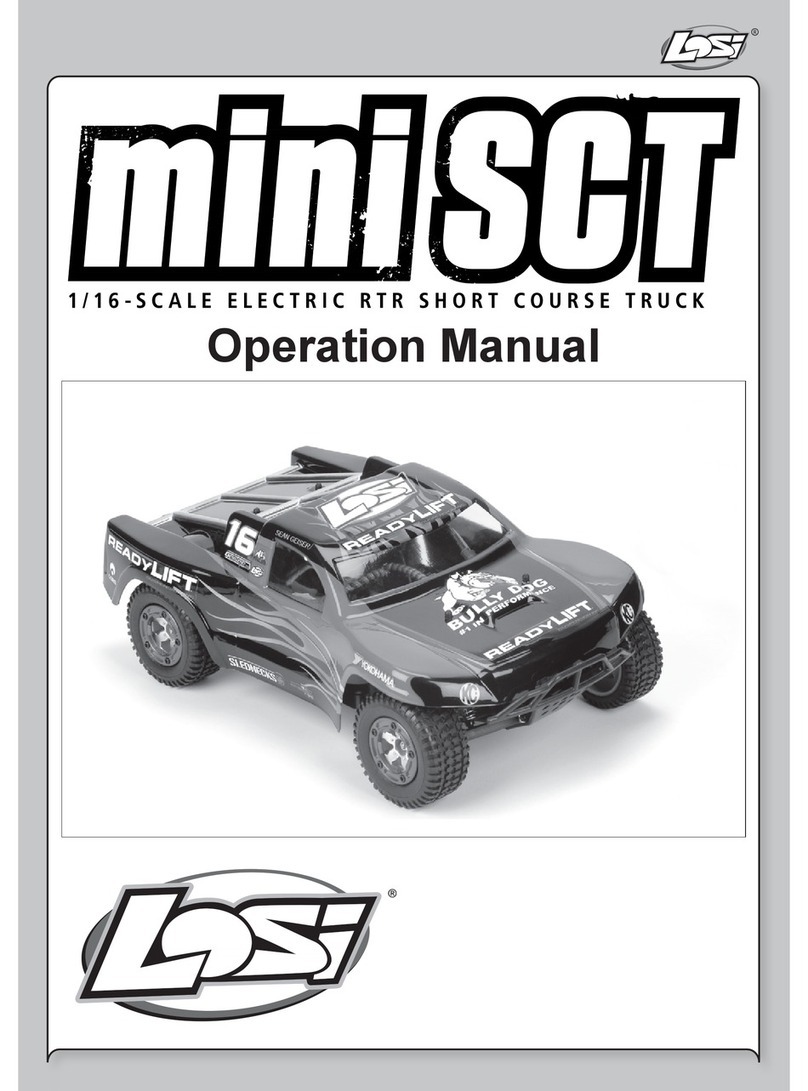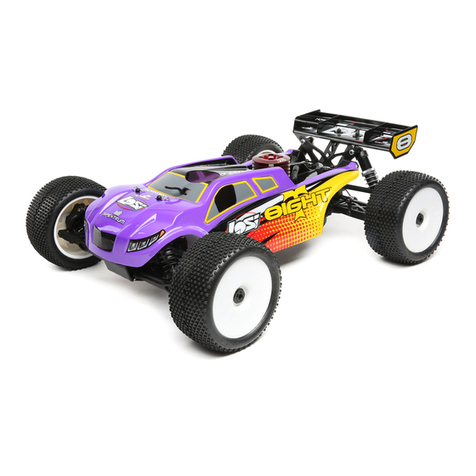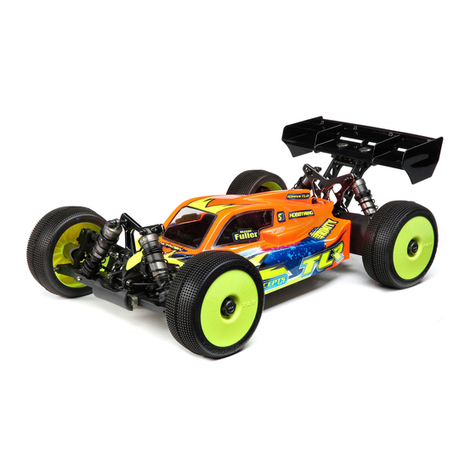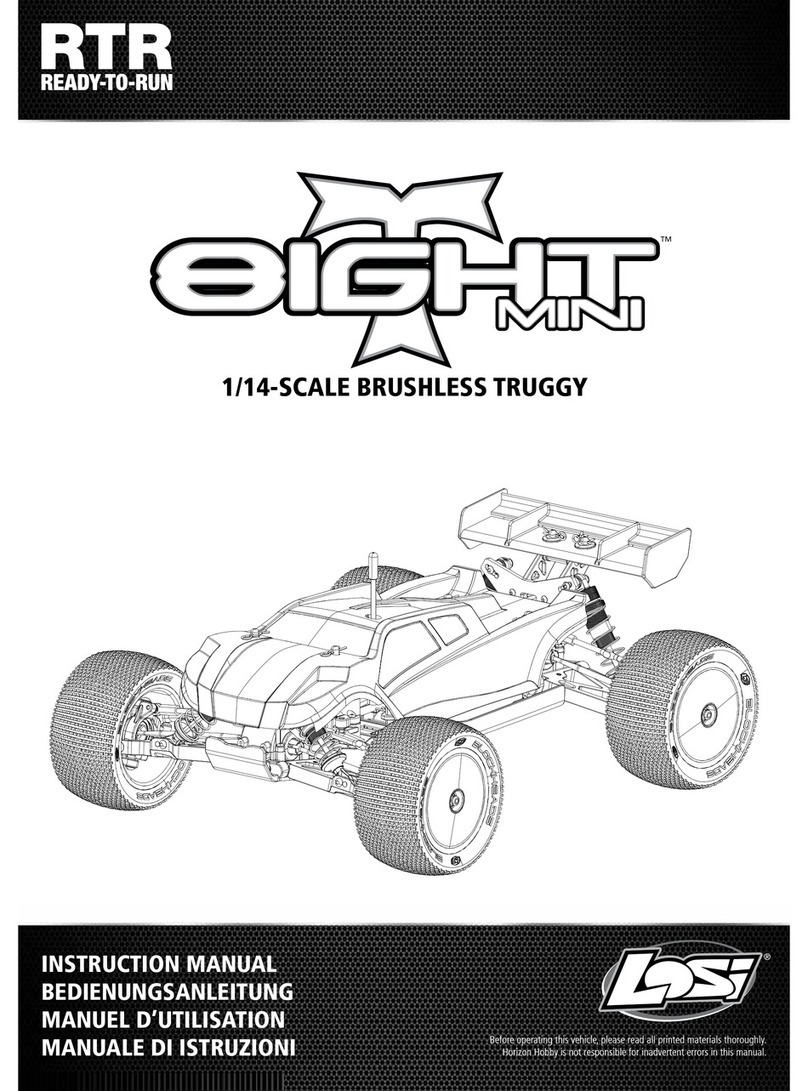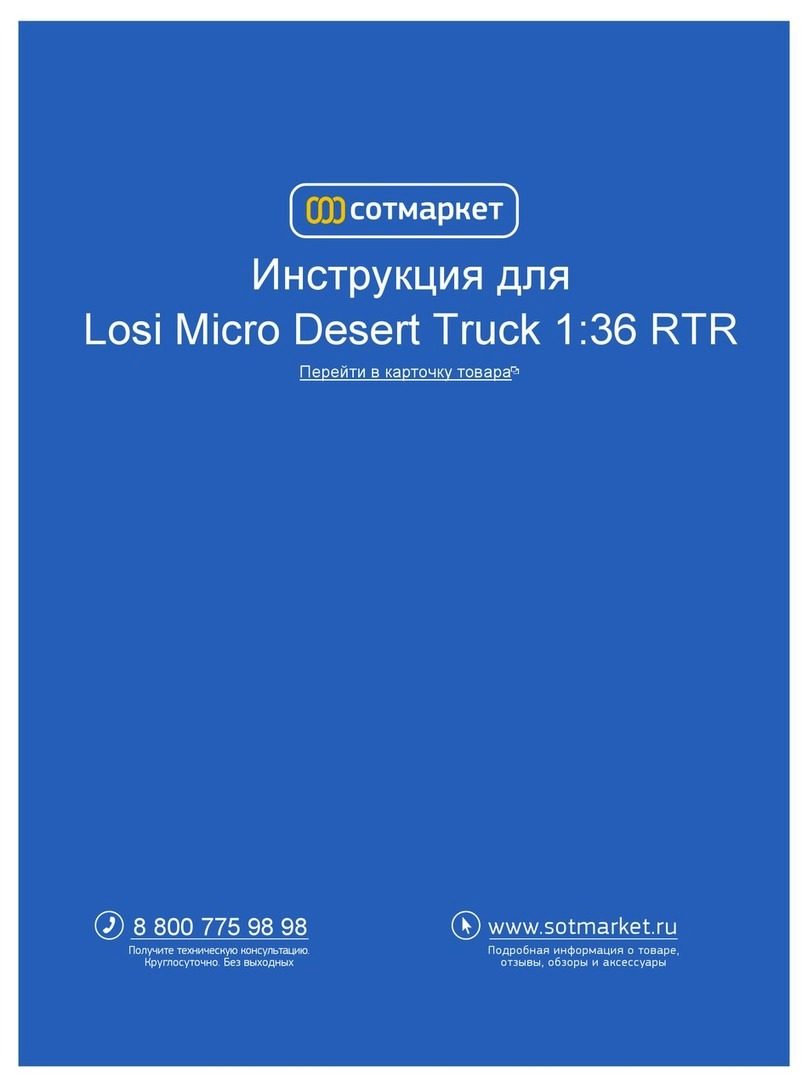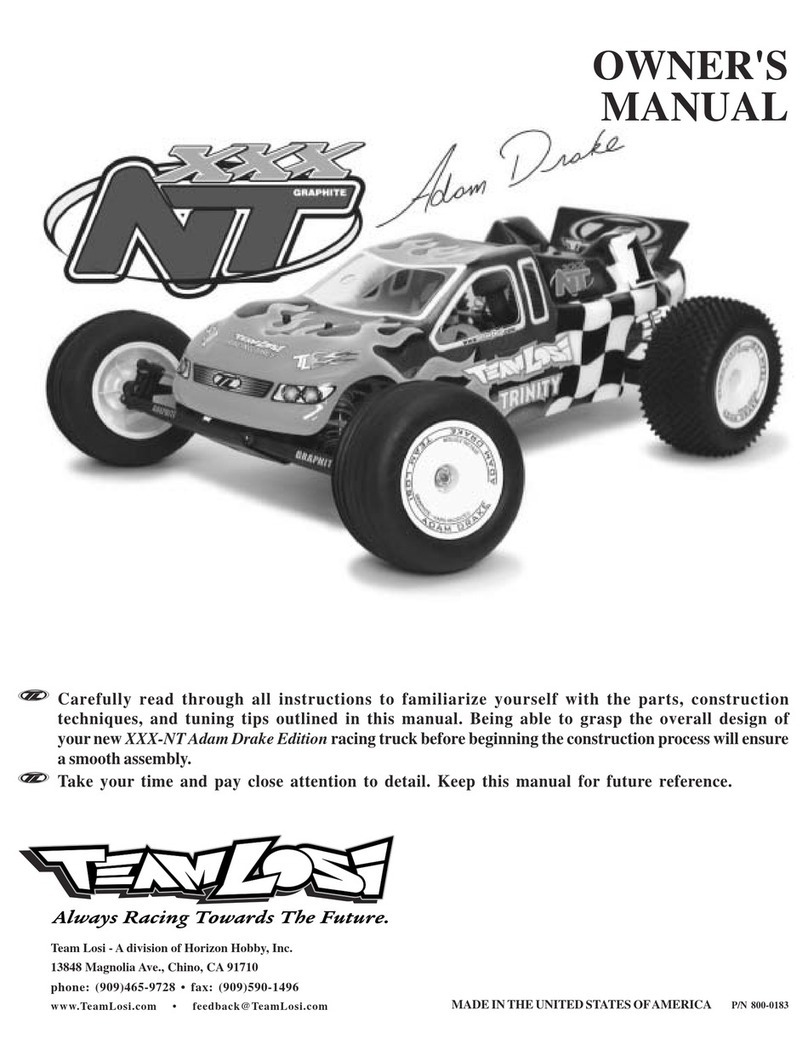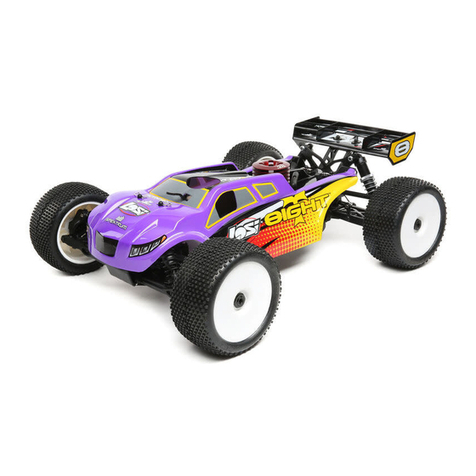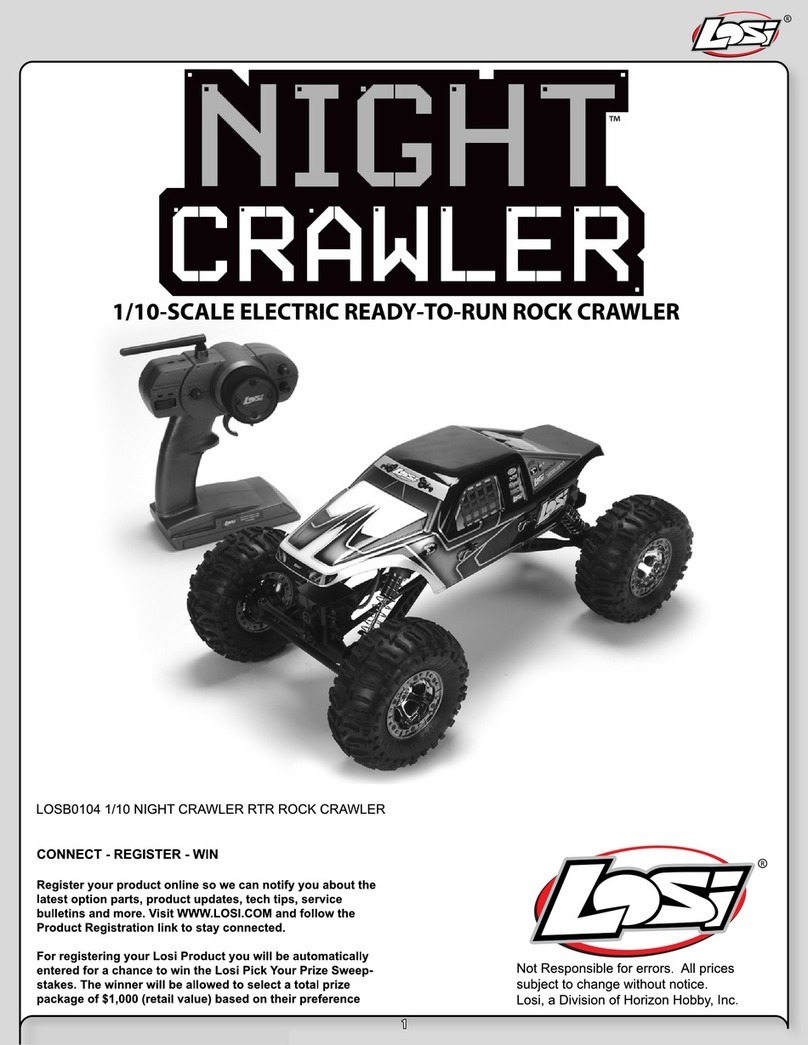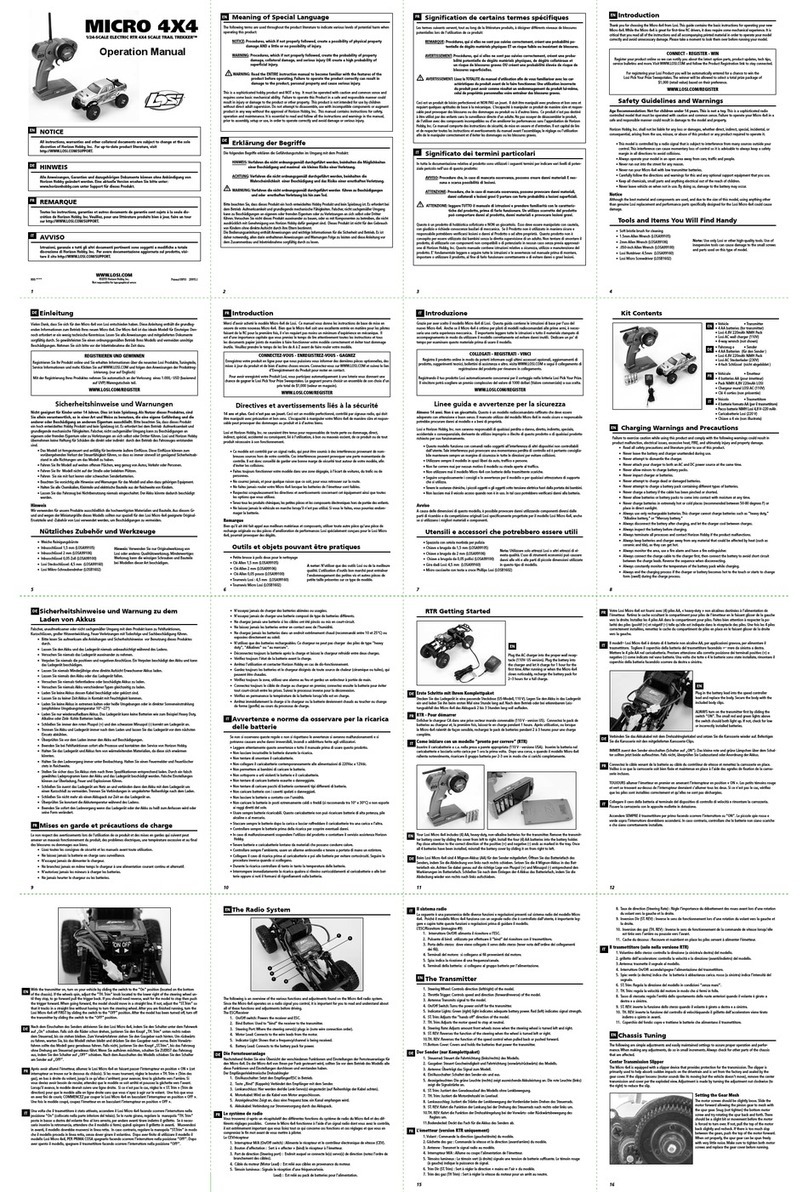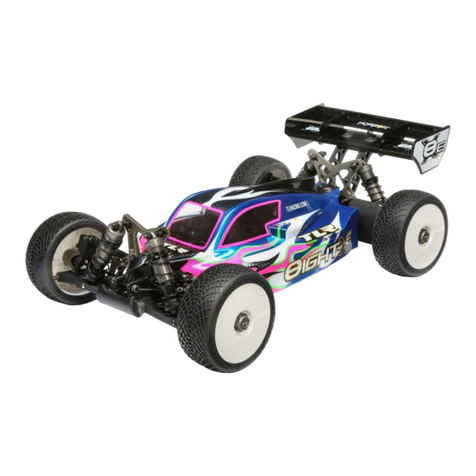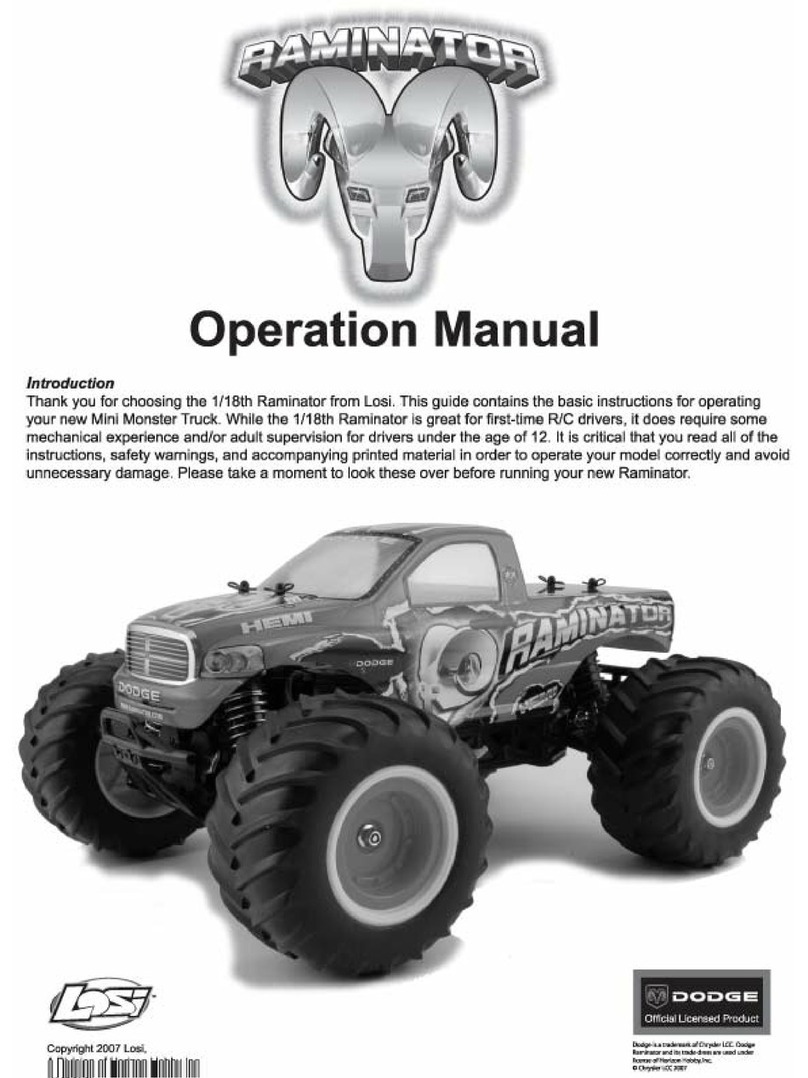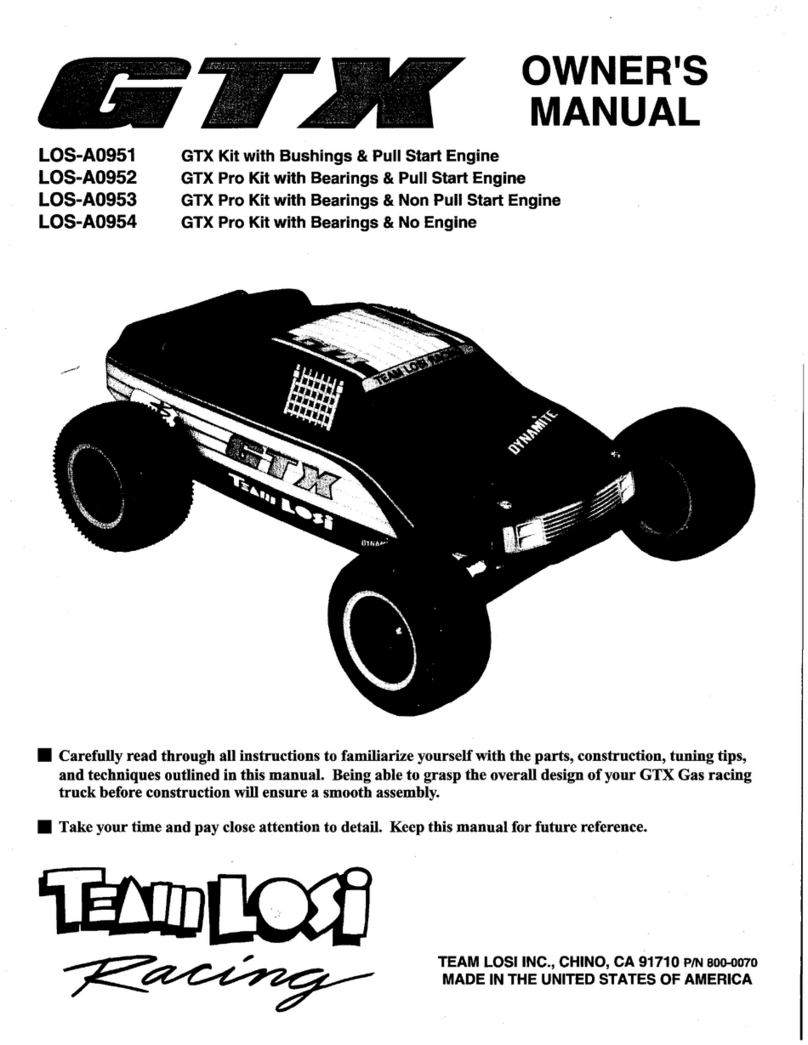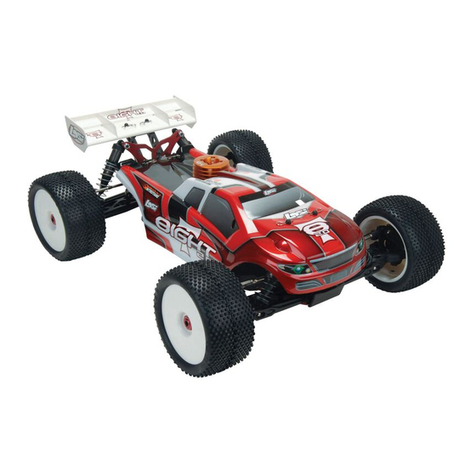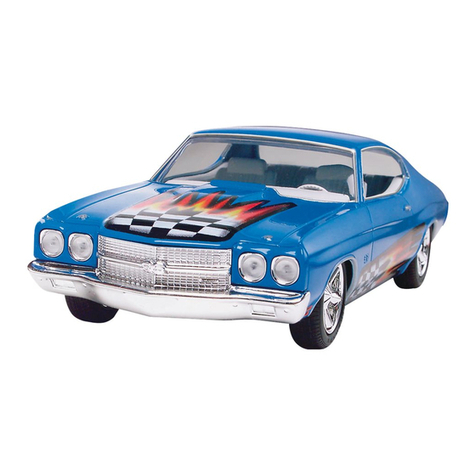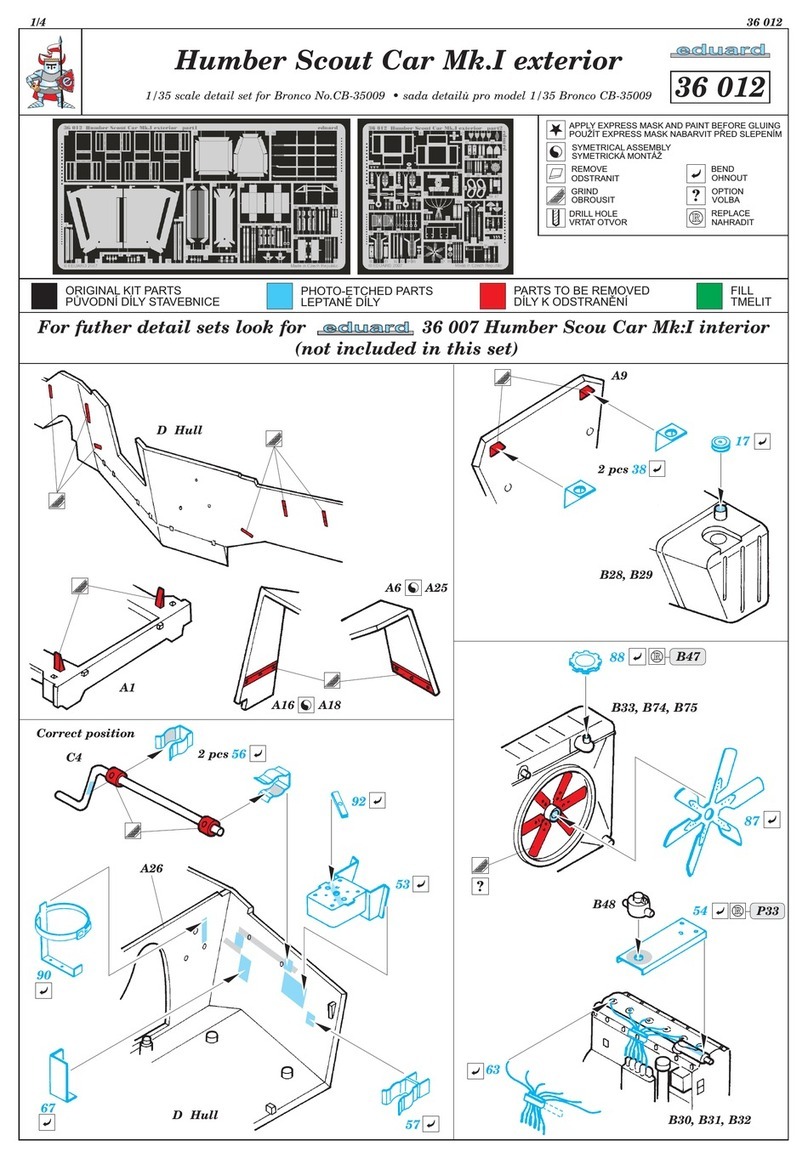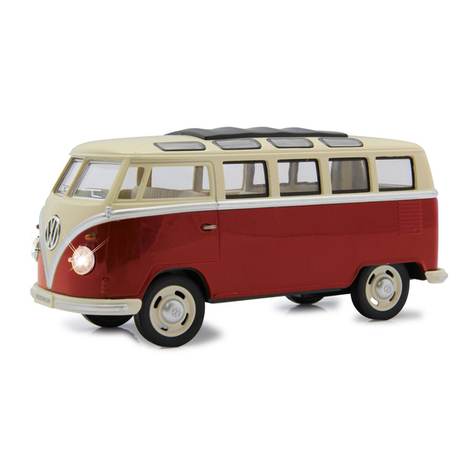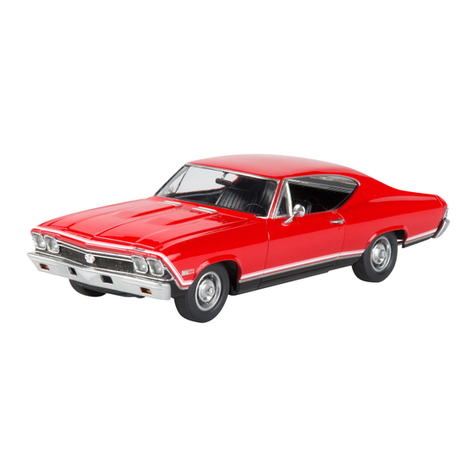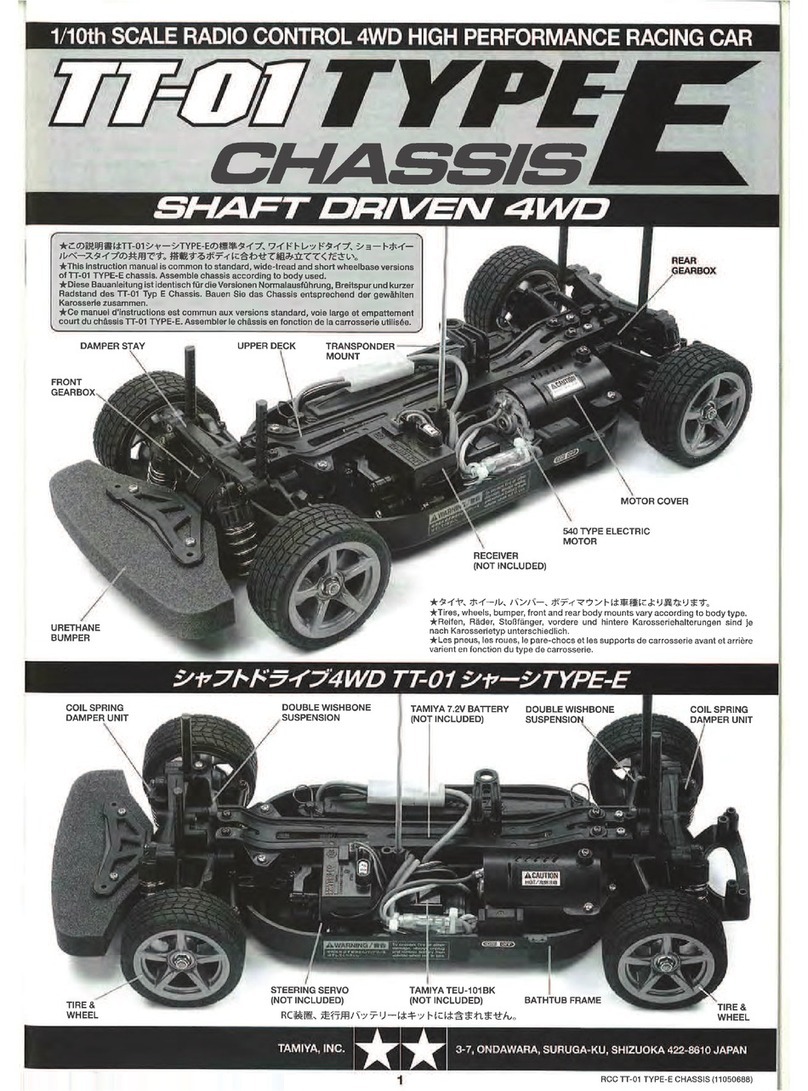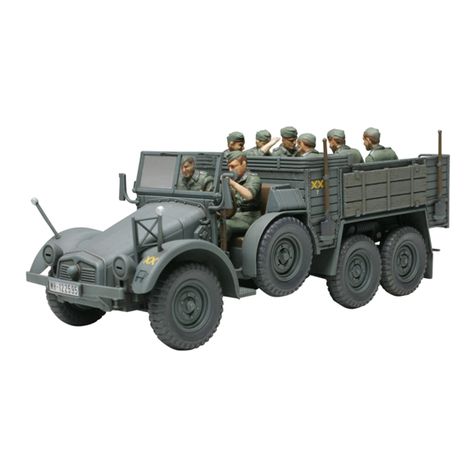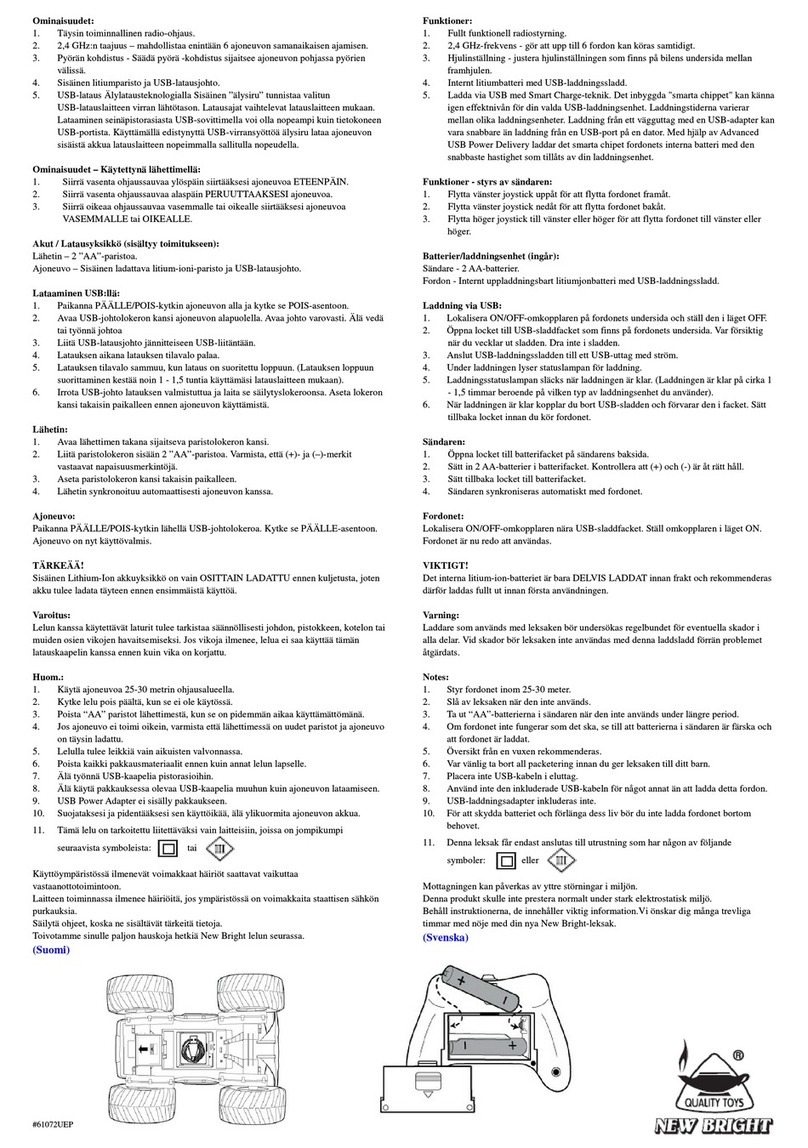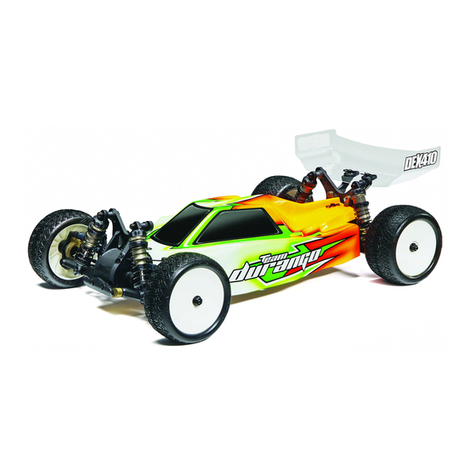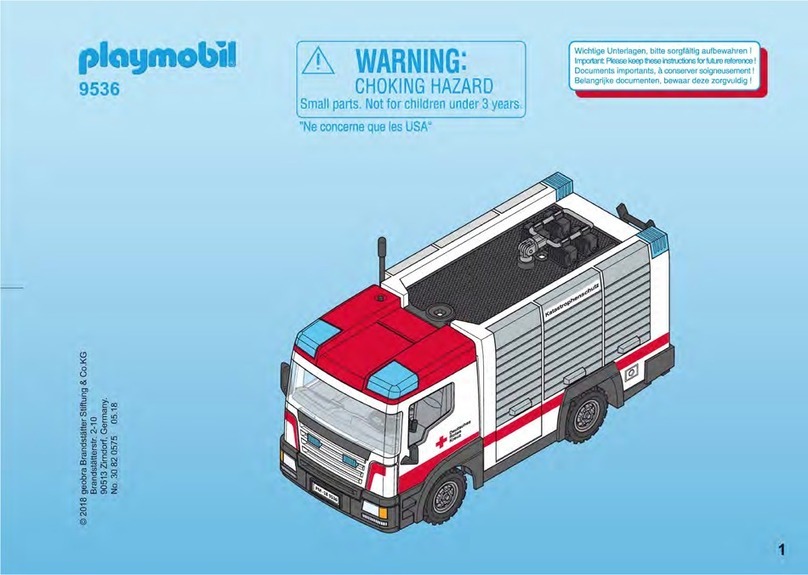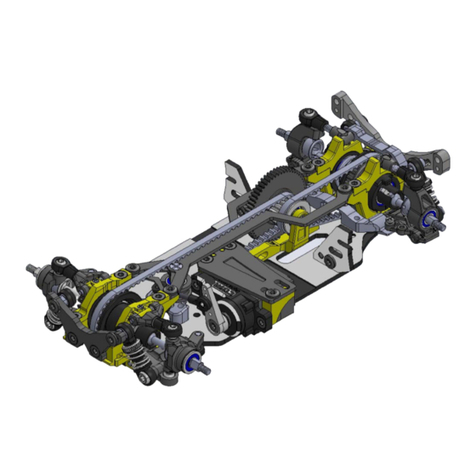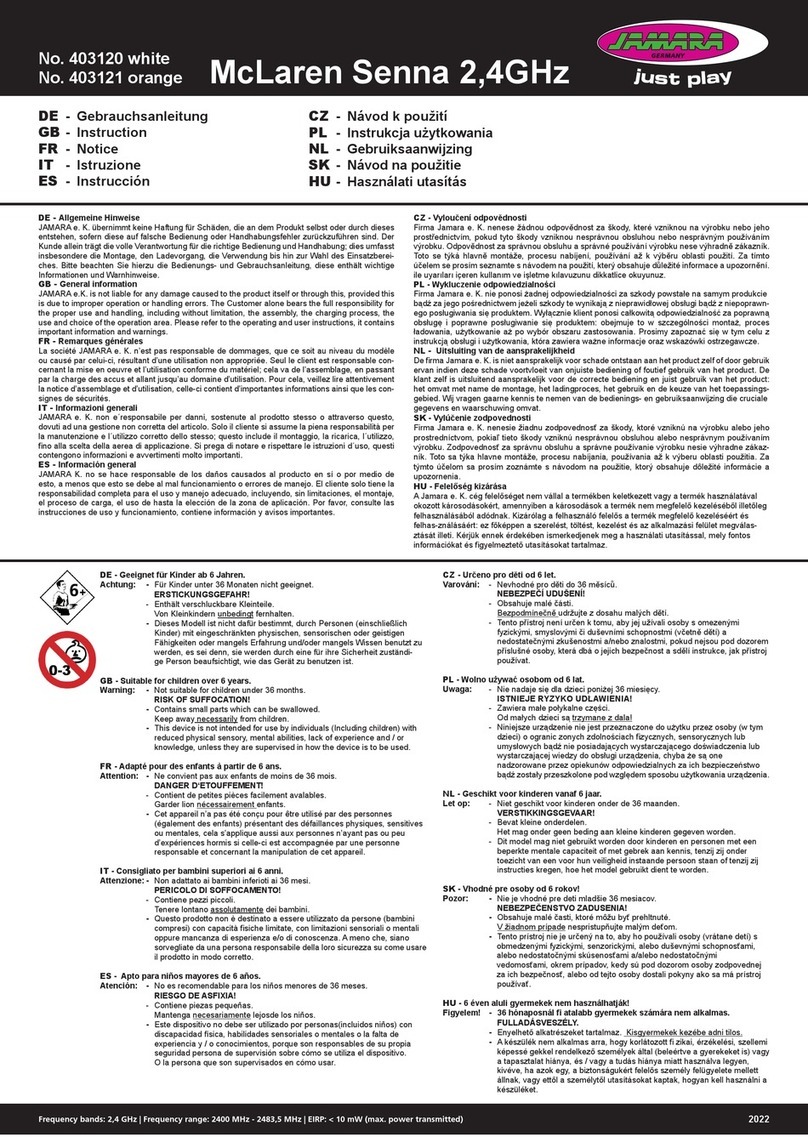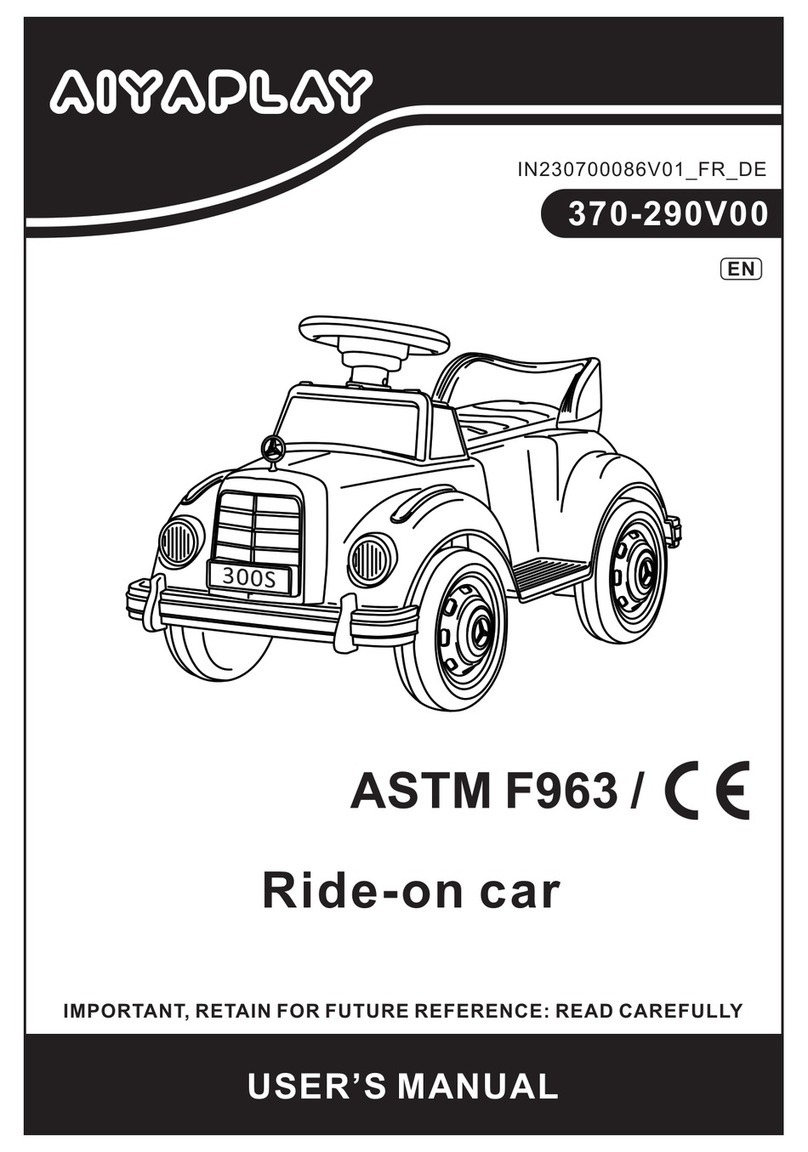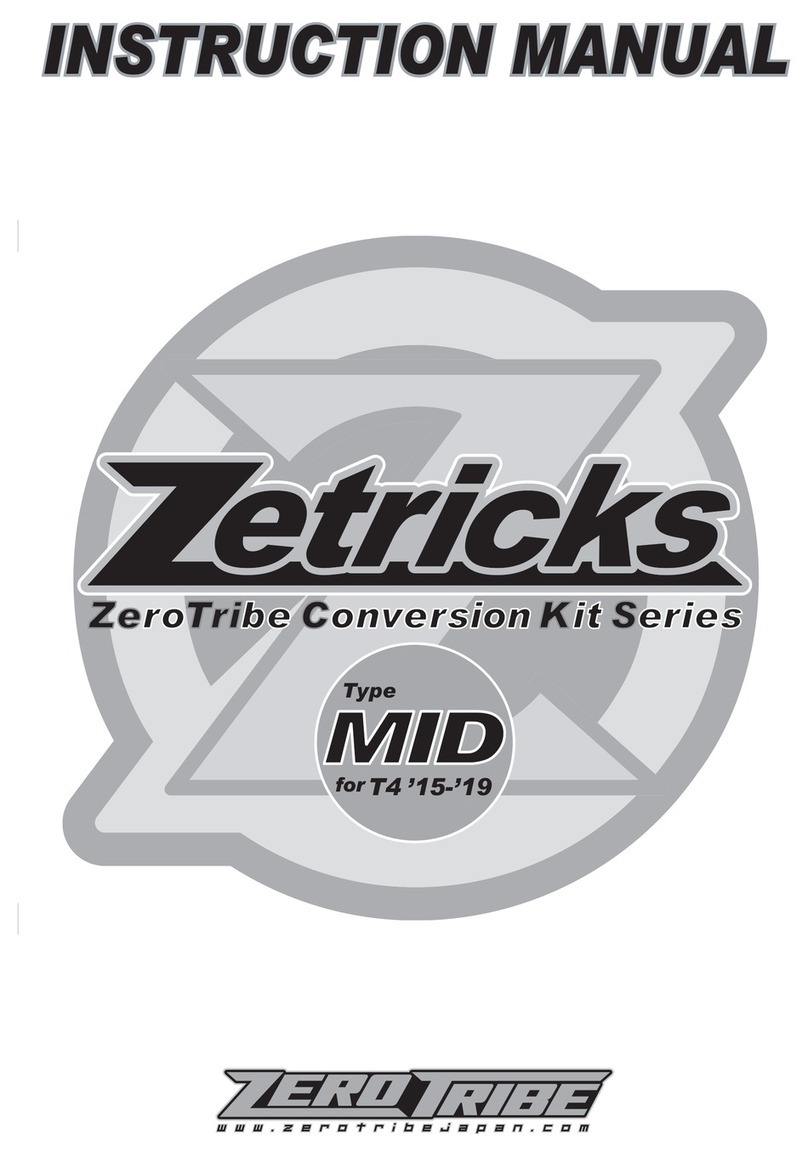
WELCOME
XX-4
OWNER!
Thank
you for selecting Team Losi and the XX-4 as your new off-road racing vehicle.
As
you will soon see,
we
have
made every effort
to
produce a kit that
is
not only the most competitive,
but
easy to build and maintain as well.
The
simple bag-by-bag assembly sequence and unmatched easy-
to
-
fo
ll
ow instructions, combined with T
ea
m Losi's famous
qualit
y-
fitting parts, should make building your XX
-4
an
enjoyable project.
Before you open a bag
or
start any assembly, please take a
few
moments
to
read completely
thr
ou
gh
the following
instructions. This will familiarize yourself with
not
only the various parts,
but
the tools you
will
need
as well.
Once
again, thank you for choosing Team Losi.
Good luck and good racing!
1.
INTRODUCTION
XX-4 COMPLETED KIT DIMENSIONS
Front Width: 9-5/8" Rear Width:
9-7
/
8"
Height:
5.75"
Ove
raH
Length: 1
5-112"
Whee
lbase:
10
-3/4" All dimensions at ride height.
We
ight will vary depending
on
accessories.
NOTES &
SYMBOLS
USED
mal
This is a common figure numberfound
at
the beginning
of
each new illustrati
on
throughout the manual.
0 Step
I.
-Each step throughout the entire manual has a
check box to the left
of
i
t.
As
you complete each step, mark the
b
ox
with a check. Ify
ou
need to take a break and return to build-
ing at a later time you will be able to locate the exact step where
you le
ft
ofT.
~N
OTE:
This
is
a common note. Itis used to call attention to
specific deta
il
s
of
a
ce
rtain step in the assembl
y.
it,
IMPORTANT
NOTE: Even ifyou are familiar with
Team Losi
ki
ts,
be sure and pay attention to these notes.
They
point out very importantdetails during the assembly process. Do
n
ot
ignore these
not
es!
~
:>
This wrench designates a performance tip.
Th
ese tips
are
n
ot
necessary,
but
can improve the performance
of
your
XX
-4c
ar.
~
In illustrations where it is important to note which
direction parts are pointing, a helmetlike this onewill beincluded
in
the illustration. The helmetwill always face the front
of
the car.
Any reference to the right
or
leftside will relate to the direction
of
the helme
t.
KIT/MANUAL ORGANIZATION
Th
e XX-4
is
composed
of
different bags marked A through H.
Each bagcontains all
of
the parts necessary to completea particu-
larsection
of
the
XX
-4 car. Some ofthese bags have subassembly
bags within the
m.
It is essential that you open only one bag
at
a
time and
foHow
the correct assembly sequence, otherwi
se
you
may face difficulties in finding the correct part. It
is
helpful to
re
ad
through the instructions for
an
entire bag priorto beginning
assembl
y.
Key numbers (in parenthesis) have been assigned to
each part
an
d remain the same throughout the manual. In some
illustrations, parts which havealready been installed are
not
shown
so that the currentsteps can be illustrated more clearly.
For your convenience,
an
actual size hardware identification
guide
is
included with each step.
To
check a part, hold it against
the silhouette until the correct part
is
identified. In some cases
extra hardware has been supplied for
par
~ that may be easy to
lose.
The
molded parts in the
:XX
-4 are manufactured to demand-
ing tolerances. When screws are tightened to the point of being
snug, the parts are held firmly in place. For this reason it
is
very
important that screws
not
be overtightened in any
of
the plastic
parts.
To
insure that parts are not lost during construction, it
is
rec-
ommended that you work over a towel.
or
mat
to prevent parts
from rolling away.
IMPORTANT SAFETY NOTES
I.
Select an area for assembly that
is
away from the reach
of
small childre
n.
The
parts
in
the
kit
are
smalland
can
be
swallowed
by
children,
causing
choking
and
possible
internal
injury.
2.
The
shock fluid
and
greases suppliedshould bekeptout
of
children's reach.
They
are
not
intended
for
human
consumption!
3.
Exercise
care
when using
any
hand tools, sharp instruments,
or
power tools during construction.
4.
Carefully
read
all
manufacturer's
warnings
and
cautions
for any
glues, chemicals,
or
paints that may be used for assembly and
operating purposes.
